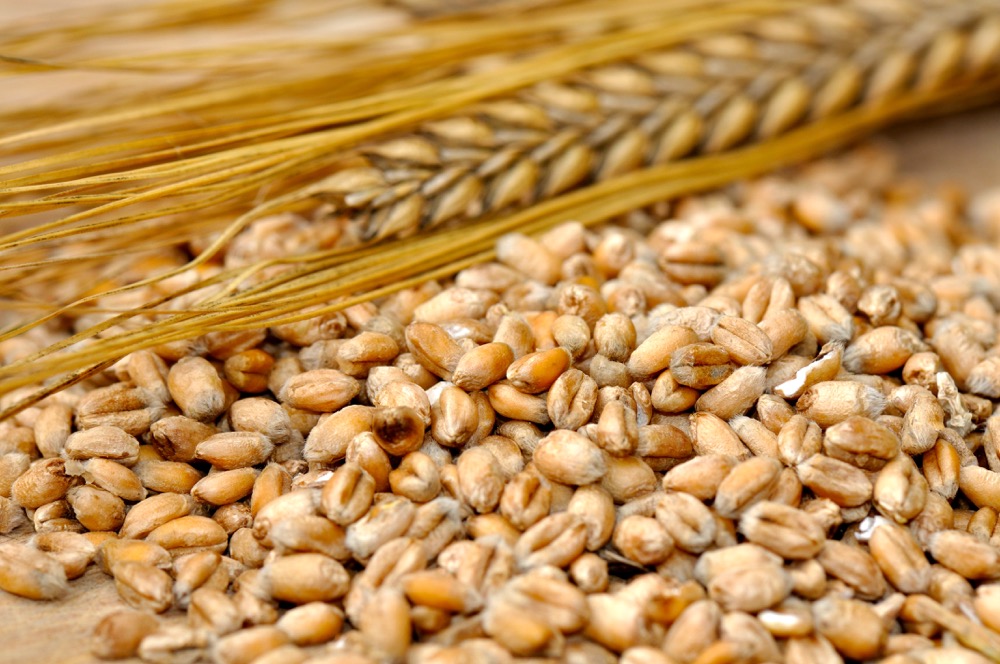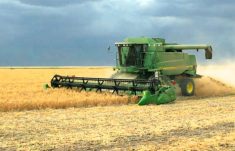Glacier FarmMedia – Feed barley bids in Western Canada remained under pressure in mid-February amid continued imports of corn from the United States and the relatively mild Prairie winter. However, localized spot opportunities do pop up occasionally.
Many feedlots continue to work through U.S. corn contracted earlier in the marketing year, but the downtrend in corn futures should keep them looking to extend that coverage. Corn futures at the Chicago Board of Trade hit fresh contract lows on Feb. 22, with prices at their softest levels in over three years.
Read Also

U.S. livestock: Feeder cattle hit contract highs on tight supply
Chicago | Reuters – All Chicago Mercantile Exchange feeder cattle futures and most live cattle futures hit contract highs on…
Meanwhile, barley bids have also trended lower, with average prices also at their lowest levels since December 2020. While bids over C$6.00 per bushel can still be found in southern Alberta, that’s down by about 50 cents over the past month. Meanwhile, average prices are closer to the C$5.00 per bushel or lower in Manitoba and Saskatchewan.
However, an example of pricing opportunities above the average would be some select Olymel facilities in Saskatchewan that recently upped their contracts for Feb-April delivery to C$5.25 to C$5.50 per bushel – well above what the local line companies are offering.
Looking ahead, while the nearby trend remains pointed lower, seasonal price patterns are typically supportive for barley heading into the spring as uncertainty over new crop production brings in some risk premiums. Early indications point to acreage declines in both Canadian barley and U.S. corn, with the ongoing dryness concerns across much of Western Canada another possible supportive influence.
















